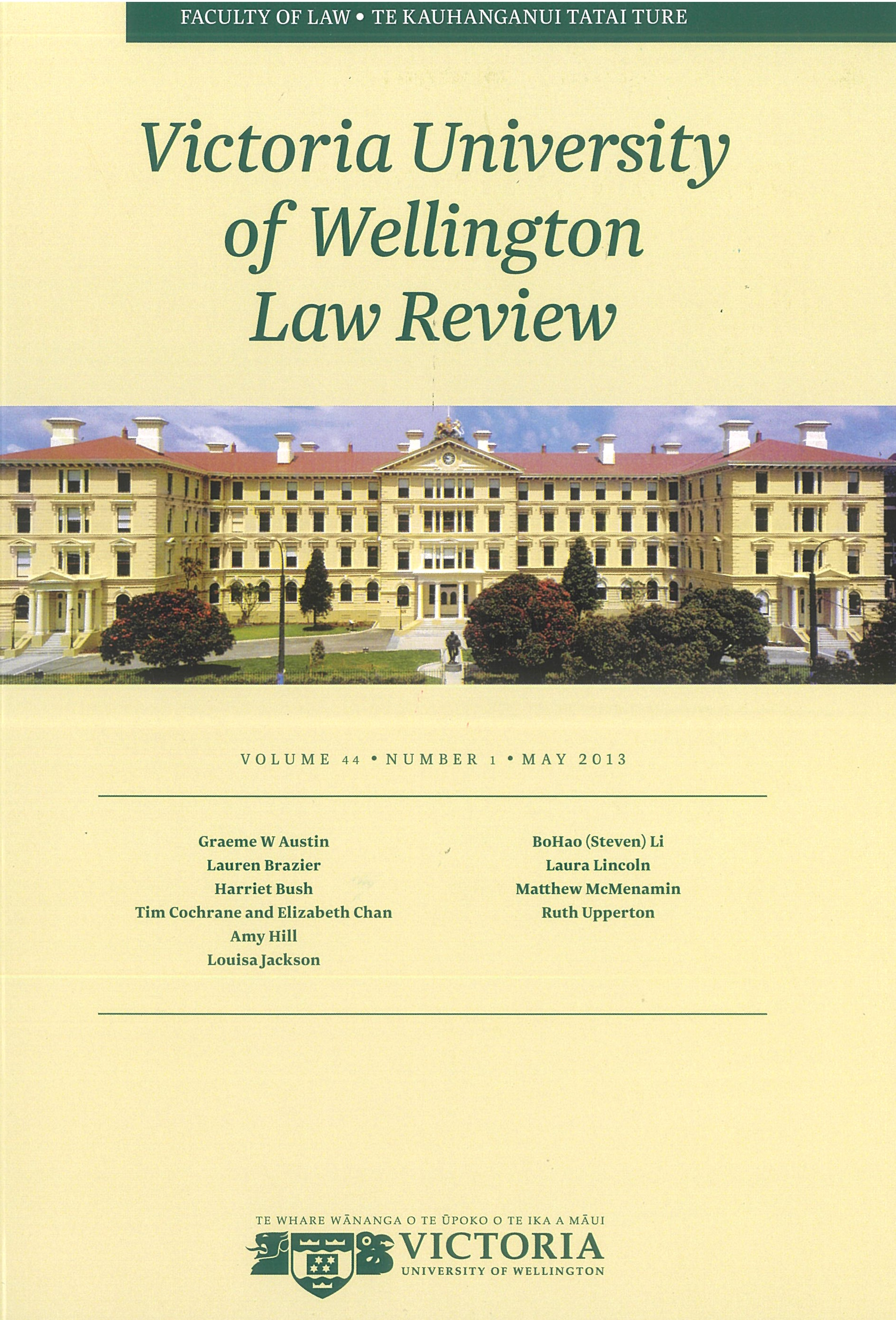The Video Camera Surveillance (Temporary Measures) Act 2011: An Unprecedented Licence to Search
DOI:
https://doi.org/10.26686/vuwlr.v44i1.5003Abstract
This article examines the Video Camera Surveillance (Temporary Measures) Act 2011 which was passed as a result of the Supreme Court's decision in the case Hamed v R. This Act provided that a search was not unlawful simply because video surveillance was used. The article explores the previous court decisions on the lawfulness of police use of covert video surveillance in order to ascertain whether the premise upon which the Act was based, that video surveillance was lawful before Hamed v R, was correct. It then looks at the ratio decidendi of Hamed v R and the potential wider implications of this judgment. Finally, it assesses the state of the law under the Video Camera Surveillance (Temporary Measures) Act and whether this Act limited the right to be free from unreasonable search and seizure which is contained in s 21 of the New Zealand Bill of Rights Act 1990.
Downloads
Downloads
Published
How to Cite
Issue
Section
License
Authors retain copyright in their work published in the Victoria University of Wellington Law Review.


